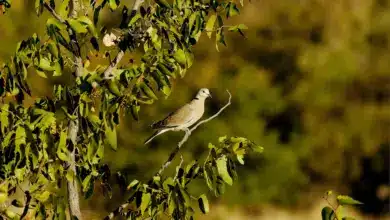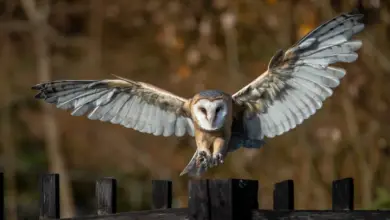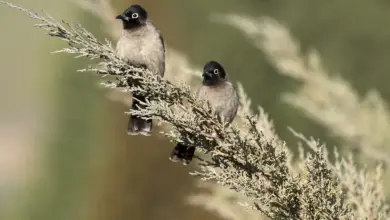Hermit Thrushes
The Hermit Thrush (Catharus guttatus) is a medium-sized North American thrush. It is not very closely related to the other North American migrant species of Catharus, but rather to the Mexican Russet Nightingale-thrush (Winker and Pruett, 2006).
Description
This species is 15–17 cm in length and has the white-dark-white underwing pattern characteristic of Catharus thrushes.
Adults are mainly brown on the upperparts, with reddish tails. The underparts are white with dark spots on the breast and grey or brownish flanks. They have pink legs and a white eye ring.
Birds in the east are more olive-brown on the upperparts; western birds are more grey-brown.
Distribution / Range
Their breeding habitat is coniferous or mixed woods across Canada, Alaska, and the northeastern and western United States. They make a cup nest on the ground or relatively low in a tree.
Hermit Thrushes migrate to wintering grounds in the southern United States and south to Central America. Although they usually only breed in forests, Hermit Thrushes will sometimes winter in parks and wooded suburban neighborhoods. They are very rare vagrants to western Europe.
Diet / Feeding
They forage on the forest floor, also in trees or shrubs, mainly eating insects and berries.
Song
The Hermit Thrush’s song is ethereal and flute-like, constructed from a descending musical phrase repeated at different pitches. They often sing from a high open location.
Hermit Thrush in popular culture
The Hermit Thrush is the state bird of Vermont.
Walt Whitman construes the Hermit Thrush as a symbol of the American voice, poetic and otherwise, in his elegy for Abraham Lincoln, “When Lilacs Last in the Dooryard Bloom’d,” one of the fundamental texts in the American literary canon. This bird first appears in another canonical poem, Whitman’s “Out of the Cradle Endlessly Rocking.”
“A Hermit Thrush” is the name of a poem by the American poet Amy Clampitt. Former Canadian indie-rock band Thrush Hermit took their name from a reversal of the two parts.
A Hermit Thrush appears in the fifth section (“What the Thunder Said”) of the T. S. Eliot poem The Waste Land.
References
- BirdLife International (2004). Catharus guttatus. 2006 IUCN Red List of Threatened Species. IUCN 2006. Retrieved on 12 May 2006. Database entry includes justification for why this species is of least concern
- Winker, Kevin and Pruett, Christin L. (2006): Seasonal migration, speciation, and morphological convergence in the avian genus Catharus (Turdidae). Auk 123(4): 1052-1068. [Article in English with Spanish abstract] DOI: 10.1642/0004-8038(2006)123[1052:SMSAMC]2.0.CO;2 PDF fulltext
- Farrand, John and Bull, John, The Audubon Society Field Guide to North American Birds, Eastern Region, National Audubon Society (1977)



